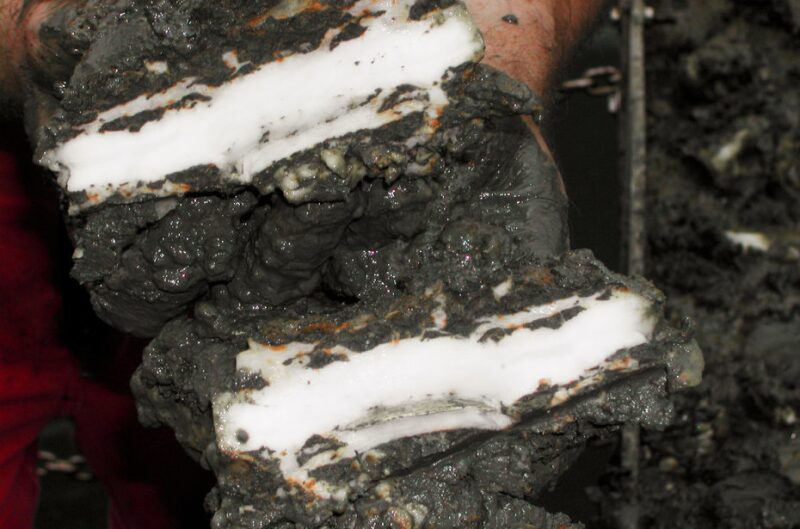At a presentation of the SPE Flow Assurance Technical Section, Carolyn Koh reviewed selected flow assurance presentations from the 2017 International Conference on Gas Hydrates (ICGH9) held 25–30 June 2017 in Denver. Koh is a professor of chemical and biological engineering and director of the Center for Hydrate Research at the Colorado School of Mines (CSM), which hosted the conference.
The conference featured seven flow assurance sessions, including a keynote talk (“Why Not Gas Hydrates?”) in which Timothy S. Collett, head of the US Geological Survey Energy Resources Program’s gas hydrates research, addressed the geologic, engineering, and motivational issues controlling the ultimate commercial production of gas hydrates. Session topics included transportability strategies; hydrate formation, inhibition, and deposition; and field management.
Koh said there were several key advancements made, the first being that risk management is now an applicable strategy in transient operations. Instead of a traditional avoidance strategy where hydrates are strictly inhibited from forming using thermodynamic hydrate inhibitors, companies are now starting to use risk management in hydrate regions. Also, a “do-nothing” approach to hydrate deposition is possible. This approach requires a solid understanding of the natural oil chemistries in a system as well as the development of a mechanism that limits hydrate formation and avoids plugging. Another advancement was that anti-agglomerates can be used for continuous and transient operations.
Among the papers Koh discussed were:
Hydrate Blockage-Limiting Mechanisms for Transient Operations by Doug Turner and Giovanny Grasso, CSM Center for Hydrate Research, identified key mechanisms that need to be controlled in order to avoid hydrate blockage risks when operating in a hydrate region for cold transient operations, such as a cold restart following a shut-in. Turner and Grasso categorized these mechanisms in two tiers, the first being primary mechanisms that control hydrate transportability as well as deposition. This can include mechanisms that allow for a stable dispersion of hydrates suspended in a continuous phase, such as anti-agglomerates. The second tier consists of supportive mechanisms that limit the ways that hydrates can form.
Advanced Hydrate Management Strategies in Deepwater Systems by Gaurav Bhatnagarand Daniel Lee Crosby, Shell, et al. identified different hydrate plug-resistant oils (HyPROs). These oils have naturally occurring properties that allow them to keep hydrate dispersed. The authors determined that there were a number of controls for deploying HyPROs, such as water cut, gas-to oil ratio, and subcooling. They argued that successful deployment of HyPROs eliminates the need for hydrate mitigation on shut-ins and restarts. The paper examined other mitigation strategies that did not require HyPROs. For instance, transient operations with no touch time extensions can be effective in reducing plugging risk provided an operator has a good understanding of the plugging kinetics of a system. To do this, a number of different flow loop tests were used to get a good handle on plugging risks.
Natural Kinetic Hydrate Inhibitors of Crude Oils by Philippe Glénat and Romain Devoisselle, Total, et al. examined a number of crude oils showing kinetic inhibitor properties through a method called “hydrate induction time of crudes” (HITC). Similar to the crystal growth inhibition method first developed by researchers at Heriot Watt University, the method measures nucleation deduction times and hydrate crystal performance. Koh said HITC takes advantage of the memory effect--it involves a preformation of hydrate crystals that dissociate slowly but leave behind a residual structure that allows for the repetition of the nucleation process.
Interfacial Phenomena in Gas Hydrate Systems by Zachary M. Aman, University of Western Australia, and Carolyn Koh, CSM, explained how interfacial measurements such as droplet/particle imaging can track emulsion stability and hydrate dispersions. Aman and Koh identified various hydrate surface free energy controls, including hydrate particle aggregation, surfactant-hydrate adsorption, and particle-pipe wall adhesion.
The complete list of conference presentations can be found on the ICGH9 website. Carolyn Koh can be reached at ckoh@mines.edu.

